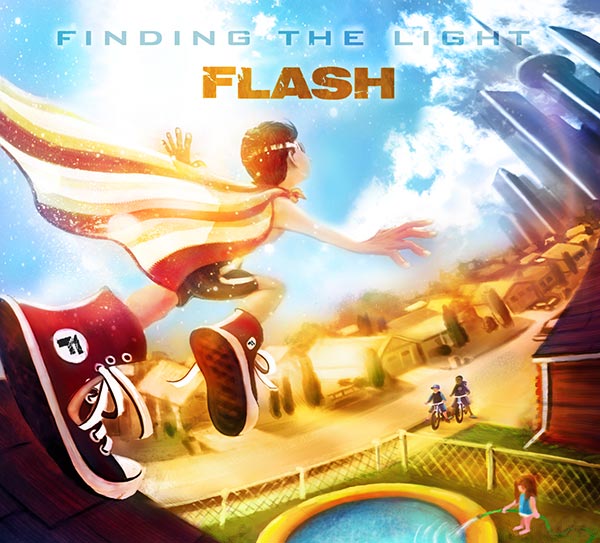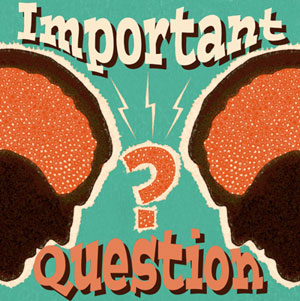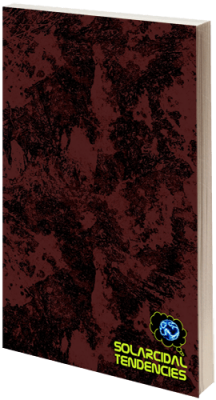
Last year, I scored the serialized horror podcast Larkspur Underground, written and produced by Michael Paul Gonzalez in Los Angeles over 11 episodes. You can read more about that process in this blog post.
With the first season concluded, now’s your chance to binge it if you haven’t already. Things got … um … crazy in those last few episodes! I’ve also decided to make my musical score available, which you can hear in its entirety below, or anytime on my Music page with all my other projects, newly updated as well.
Continue reading






 Visions, plagues, angels. A different view of the miracle of birth. Bestiality farms, departing souls, talking cold sores, and of course, elder gods. All of this and more. Edited by Martin Garrity and Nathan Pettigrew, this is a collection of some of the darkest and most peculiar words ever published by Solarcide. The long-awaited return of some of the craziest, funniest, and most brutal fiction that was featured during the first couple of years of the site’s operations. Featuring an introduction by neo-noir road warrior, Richard Thomas, and boasting stories from wonderful folk such as Ben Tanzer, Gordon Highland, Brandon Tietz, Rebecca Jones-Howe, and Garrett Cook. Wicked words are contained within.
Visions, plagues, angels. A different view of the miracle of birth. Bestiality farms, departing souls, talking cold sores, and of course, elder gods. All of this and more. Edited by Martin Garrity and Nathan Pettigrew, this is a collection of some of the darkest and most peculiar words ever published by Solarcide. The long-awaited return of some of the craziest, funniest, and most brutal fiction that was featured during the first couple of years of the site’s operations. Featuring an introduction by neo-noir road warrior, Richard Thomas, and boasting stories from wonderful folk such as Ben Tanzer, Gordon Highland, Brandon Tietz, Rebecca Jones-Howe, and Garrett Cook. Wicked words are contained within.







